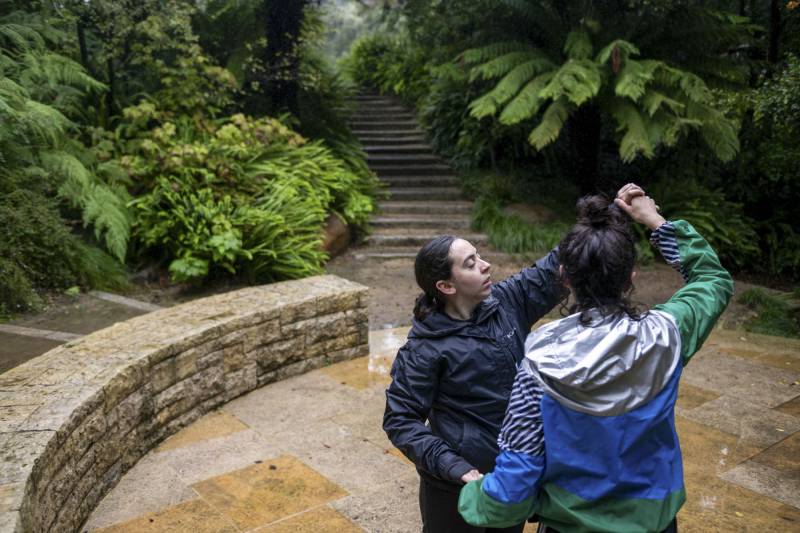“It was a matter of exposing people to the concepts and to the importance and recognizing that it was much more a health issue than an issue of religion,” Macias said, referring to sex education. “It was not a tradeoff between promiscuity and other negative characteristics associated with sex education. It was really a matter of being a critical health issue — that it was important for young men and young women.”
Social and economic factors, like poverty, racial discrimination and lack of access to health care, can increase the risks of HIV, according to the CDC. But language barriers, low academic achievement and mistrust of the health care system may also affect the quality of HIV care many Latinos receive.
There are also several studies that indicate HIV-infected undocumented immigrants enter care at a more advanced stage than others.
“If you’re undocumented, you may not be as comfortable responding to surveys for a host of reasons,” Buchting said. “When I was working in HIV in LA, especially a lot of the Latino patients that I saw, they were accessing services much later, compared to the non-Latino patients. And their HIV had progressed to the point that sometimes the first encounter with them was already an AIDS diagnosis as opposed to an HIV infection.”
Undocumented people also face unique barriers to receiving necessary care, including stigmatization, high levels of acculturation stress, and fear of deportation, according to the National Institutes of Health. Many also have very limited access to health care coverage and are ineligible to enroll in federally-funded health care programs like Medicaid and Medicare.
But Buchting said that compared to decades ago, there are now many more treatment options for HIV, which is currently viewed as a chronic medical illness that can be managed. Research on HIV has progressed significantly since the 1980s, he noted, including HIV prevention medication like pre-exposure prophylaxis, commonly known as PrEP, which reduces the risk of HIV from sex by 99%.
“Now, as HIV is evolving and less at the forefront, we’re looking at what other ways [we can] partner,” Macias said about Instituto Familiar de La Raza. “Then, if our focus is not so much on saving the LGBT Latino community from a fatal disease, what can we do to support their wellness now? And I feel like that’s a wonderful thing to witness.”
More than 100,000 Latinos have died since the start of the HIV/AIDS epidemic, according to a 2016 CDC report. Buchting says the work being done at the organizational level is made to honor those who passed.
“We know that, hopefully, one day, there’ll be a cure, but until then, continue to work to help those infected and those that are living with it,” he said. “And try to do as much prevention as we can.”
Guided tours of the National AIDS Memorial Grove in Golden Gate Park are from 1–3 p.m. Nov. 4 and 5. Space is limited. Tickets cost $25. For more information and to register, visit kqed.org.
